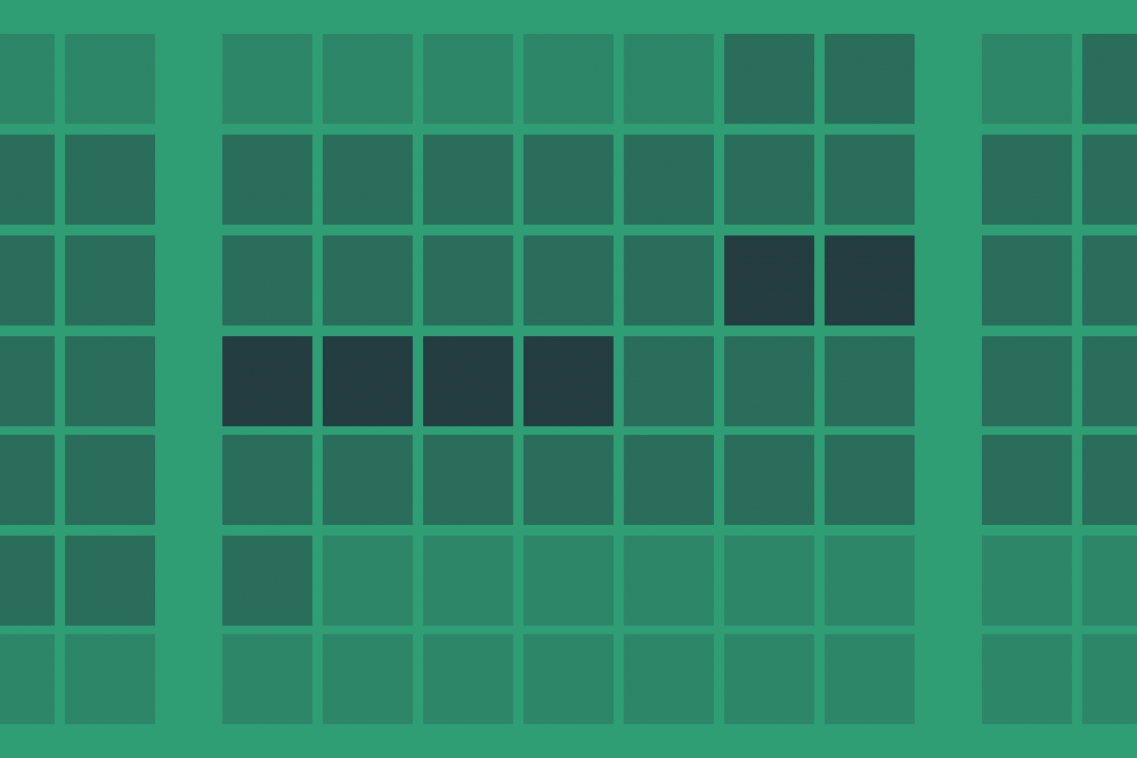Event
24 November 2016 at 13:00
<p>Store Street, London, WC1E 7BT</p>
The new Chancellor of the Exchequer, Philip Hammond, will be making his first Autumn Statement - and the first since the UK public voted to leave the EU - on Wednesday 23 November. IFS researchers will present their initial analysis at a briefing on the following day, Thursday 24 November.








































